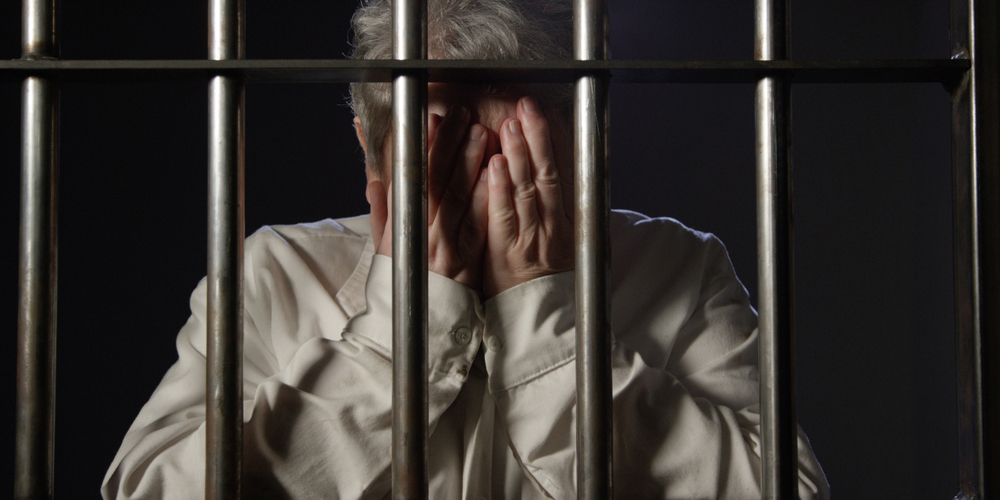
Mental health and rehabilitation
Research suggests that the incidence of mental illnesses amongst female prisoners is high, with many having suffered various forms of abuse prior to their sentencing. During their time inside these offenders will be offered specialist medical treatment which may involve a course of psychological treatment as well as medication; this will enable them to identify underlying issues and move forward by building self-esteem and self-worth.
Self-harm
The incidence of self-harm amongst female prisoners is shockingly high according to recent reports. Usually those suspected of being particularly vulnerable will be assessed and monitored in line with the Assessment, Care in Custody and Teamwork strategy (ACCT); this scheme is designed to support those at risk of self-harm. Additional support is also available from the Chaplaincy service and the Listeners scheme which involves a team of individuals who have been trained by the Samaritans. Prisoners are also able to access counselling services and the Samaritans.
Dealing with addictions
Many people who spend time in prison have an existing addiction to drugs or alcohol. Just as in the outside world, all efforts will be made to help affected individuals and support them through the process of giving up.
Each prison has a team of Counselling, Assessment, Referral, Advice and Throughcare (CARAT) workers who work closely with individuals to assess their condition and establish suitable treatments; many are put on treatment programmes which includes undergoing a period of detoxification and then a programme designed to keep people away from harmful substances and learn to manage without them.
CARAT workers act as the first port of call for those suffering with addictions and are responsible for arranging and coordinating their care. Prisoners who are dealing with addictions are also offered advice and support with how to deal with the temptations on the outside world in order to reduce the likelihood of them returning to their addiction after they have been released.

